感知是人們認識世界一個很重要的媒介,我們片段中記憶來自感受過後的經驗,進而成為知識之一,儘管我們了解到感受並不是總是接近真實,但多數的時候我們仍然直覺性以及無意識地接收。前林 明次是一位任教於 IAMAS(情報科學藝術學院)的教授,他注意到感知(尤其是聲音方面)、人們的互動與環境有趣的連結,並呈現於他的創作之中,帶出更多地討論。
Sense is one of important media how people get to know the world. Short fragments of memory from sensory experiences became our knowledge. Despite we might be cheated by our own sensory feeling sometimes, in the most of time we still accept it intuitively and unconsciously. Akitsugu Maebayashi is a sound artist who employed in IAMAS (Institute of Advanced Media Arts and Sciences) as a professor. He noticed the interesting relationship between auditory sense, human interaction and environment and keeps playing with them to bring out more issues.
請問您是怎麼開始對新媒體藝術與聲音產生興趣的?
前林: 我在大學時代玩吉他,在那之後,有幾年的光陰我以音樂維生,也做了很多表演。在那個80年代末至90年代初,是日本剛盛行個人電腦的時刻,也非常令人興奮,我買了一Macintosh電腦與Akai Sampler,那時候真的非常昂貴呀,自從購買了器材之後,我開使用Max程式編曲與表演,對我來說是一個開始深入思考音樂與聲音表演轉捩點,此外,我也對使用感測器感到好奇。舉例來說,在早期1995年的表演“hypersync”與1997年的 “Audible Distance”,我用了心跳感測器創作,但是在“Audible Distance”中,我嘗試了更多科技媒材。
How do you get interested in media art and sound?
Akitsugu: Firstly, I have played guitar in university. After that, I have worked as a musician for years, and did a lot of performances. In late 80s to early 90s, personal computers were getting popular in Japan. It was a really exciting moment. I bought a Macintosh computer and an Akai Sampler. It was still very expensive, and since that time, I began to use Max for composition and performence. It was a turning point for me to think about musical performance and sound. Furthermore, I was getting curious about using sensors. For example, I used heartbeat sensor on my work “hypersync”, a performance in 1995 and “Audible Distance” in 1997. But, in “Audible Distance”, there were a lot more technologies I tried to use.
Audible Distance (1997),copyright by NTT InterCommunication Center, photo by Ootaka Takashi.
於1997年,“Audible Distance”這件作品是當時前林名次具有前瞻性的計畫之一。參訪者三人一組並戴上VR眼鏡、攜帶麥克風與一個器材包,透過這些科技媒材的組合,觀者可以看見與聽見幾何虛擬影像與聲音,而形成參數來自於觀眾的心跳與觀者的位置,同時,他們所看見的影像與聽見的聲音會因為移動而產生變化,換句話說,前林先生是將人與人、環境互動與交流的方式轉換成另一種世界觀的影像與聲音,參與者只能依賴新的線索重新搜尋自己所在與周圍環境的關系。
In 1997, he made a project “Audible Distance”, which is one of remarkable works in his career. When three visitors become a group and put on VR glasses, headphones and a pack of devices, through all of them, audiences see and hear the virtual geometry images and sound which are created by their heartbeats to represent the positions of people in the space. Simultaneously, the image and sound are changed from the distances parameter of each other. In other words, Prof. Akitsugu transformed the usual way of interaction and communication between humans to simple moving images and sounds. Participants can only relay on these clues to search positions and relations of others and their surroundings.
Sonic Interface (1999), in Kabuki-cho, 2011.
同樣是探討人們與環境的主題,在1999年,他呈現 “Sonic Interface”的創作 ,但這時他專注在從真實環境中取出新的聲音經驗,取代在博物館中呈現。作品目的在讓參與者從自己認識的街道中經驗不一樣的聲音,為了容易攜帶行走,裝置由麥克風、耳機與筆電簡易組成,體驗者在約十分鐘路程可以經歷三種不同的聲音模式 - 延遲、馬賽克以及重疊,參與者所熟悉的聲音將被徹底的扭轉,使人頓時失去了方向感。在這新的體驗之中,人們最後沉浸在新的經驗之中,並漸漸的用新的角度重新理解世界。
Discussing with similar issue, he presented “Sonic Interface” in 1999. However, this time, he brought the new audio experiences to the “real environment” which means out of museum. More specifically, out of the field which is designed for presenting art works. The goal is to let participants having new experience of their streets. The device was simply combined with microphones, headphones and laptop so that audience can bring it walking around easily. During this approx.10 minutes walking experience, people can hear three different modes of environment sound - delay, mosaic and overlaps. All the voice from participants themselves or sounds from the street are twisted completely, and make people disoriented. It brings brand new sense of hearing. People begin to immerse in a birth-like experience and re-comprehend the world.
前林:我想要尋找不同的機會,再度呈現這件作品,因為我也蠻好奇來自不同地區、文化背景的人們,反應會是如何。
Akitsugu: I would like to show this work again in various opportunities because I am curious about how different are reactions between different types of people in different cultural backgrounds.
Metronome Piece (2003-2007), ICC Anechoic Room, photo by Keizo Kioku.
前林的創作中關於錄製音景,他有兩種不同的呈現方式,其一是 2003-2007年的作品“Metronome Piece”,以一種非常感性的方式呈現他所徘徊的街道之聲。以節拍器當作時間單位的測量,同時進行環境錄音,當觀眾在聆聽錄音的同時,現場也有一個節拍器讓觀眾進行時空的校對,現場的節拍器與錄音中的節拍器聲響像是個人的過去與觀者的個人體驗之連結點。
另一件作品 “OKINAWA NOISE MAP”是前林先生近期在網路上發表的作品。 沖繩是一座屬於日本的島嶼,但是上面充滿美國的空軍基地,當地居民因為戰鬥機所產生的噪音所困擾著,美國空軍基地也成為長期當地一個具有爭議與討論性的議題之一,前林明次以一種寫實的方式記錄與呈現,所錄製到的聲音存放在Google街景中,如果您想體驗沖繩的噪音現場,請點擊作品的網頁連結並了解更多: okinawa.noisemap.jp
About recording soundscape, he has two different approaches in his work collection. One is “Metronome Piece”, a work from 2003-2007. It is a sensual art work to present what artist listens of his wandering in streets. Regarding a tick of metronome as an unit of time, he records environment sound with it. When visitors listen to the recordings with real metronome on site, it makes a connection between someone’s past and visitors’ life experience.
Another one is “OKINAWA NOISE MAP”, a project on the web which has just been open to the public. Okinawa is an island of Japan which has many bases of United States. Noises from fighters has been a controversial issue for a long time. He uses realistic way to present it. The recorded sound tracks are overlapped on their locations of recording in Google Street View.
If you want to experience noises around U.S. bases and how they are so close to residential area, please click the link of work website: okinawa.noisemap.jp
Okinawa Noise Map (2016-Nowadays).
Artist’s Website: http://maebayashi.tumblr.com/
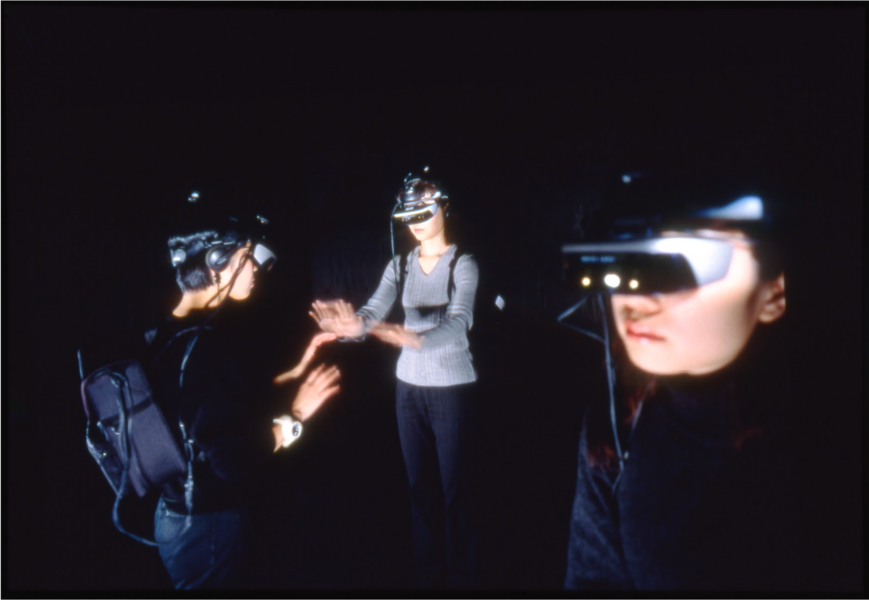

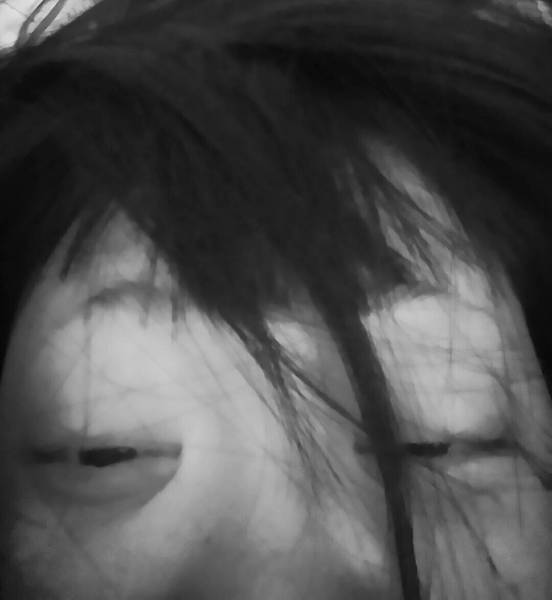
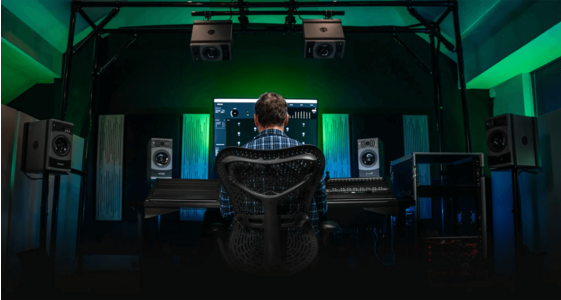
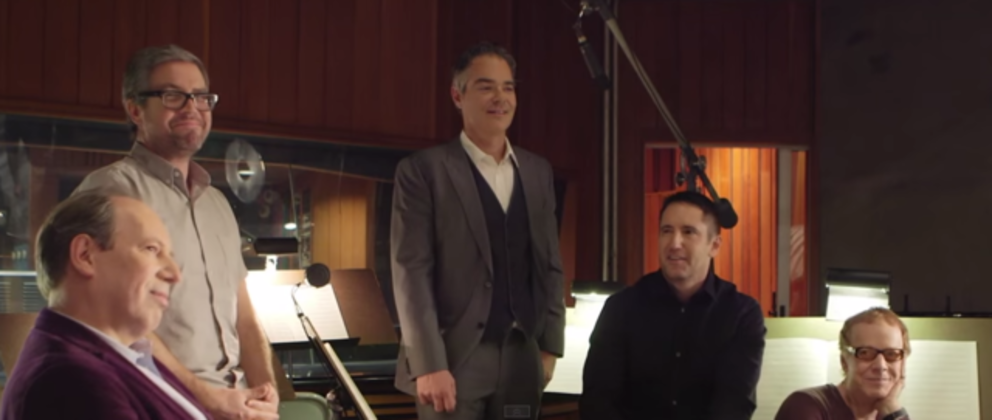

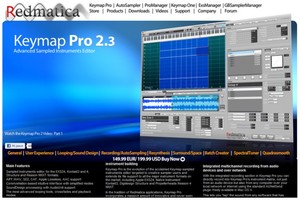
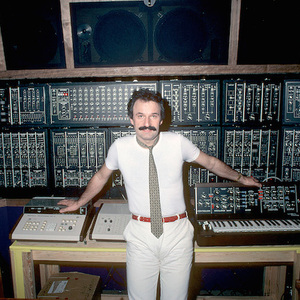
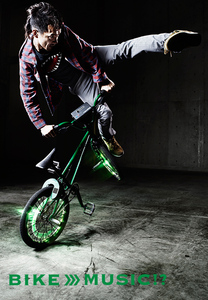
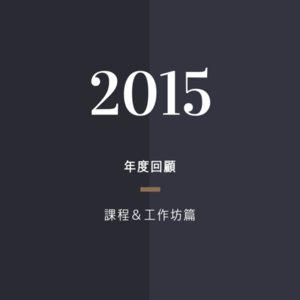
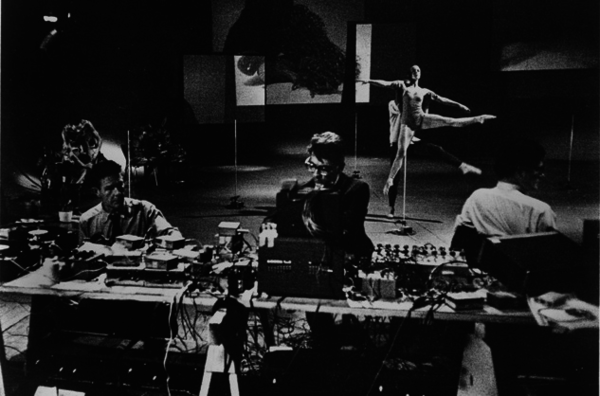
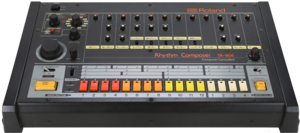
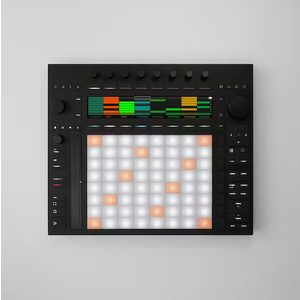

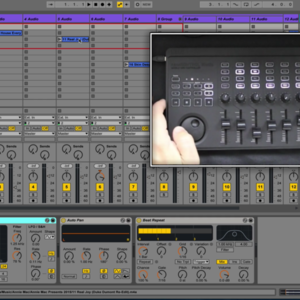


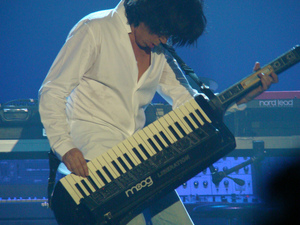
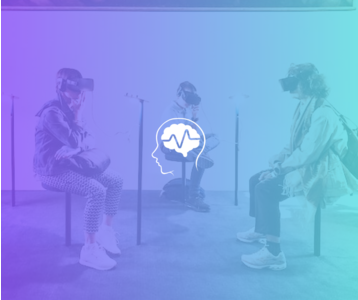
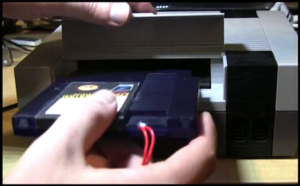
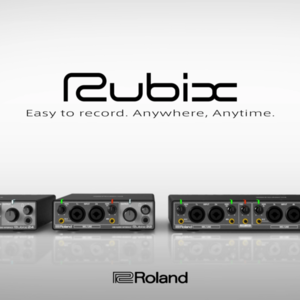
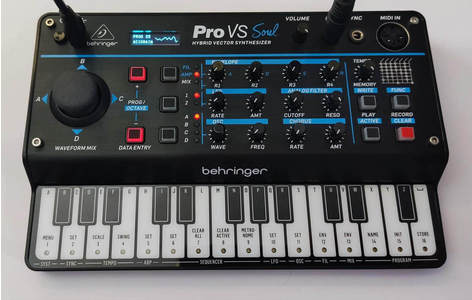
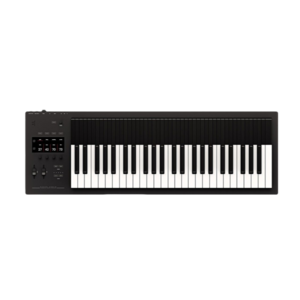
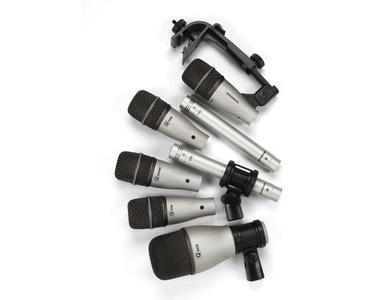


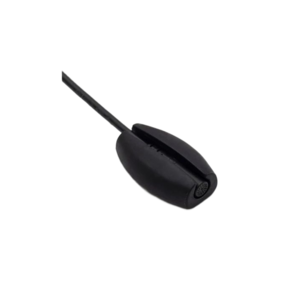
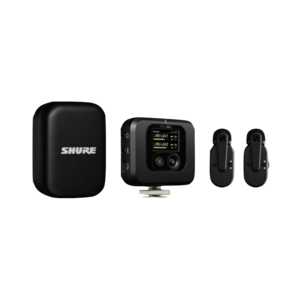
討論區
目前尚無評論